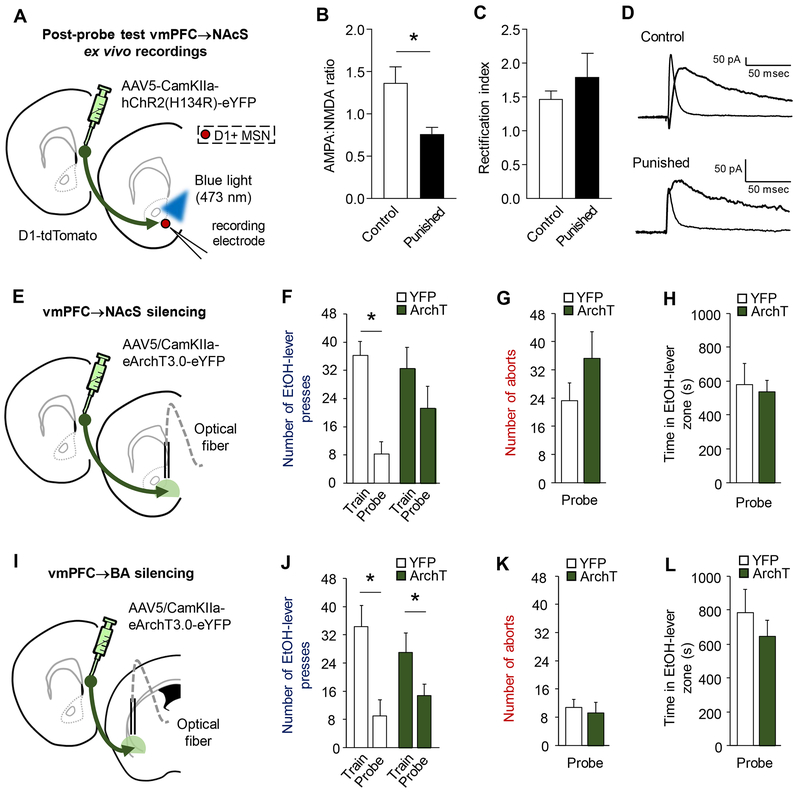Figure 5: Punishment-related plastic changes in the vmPF→NAcS pathway.
(A) Following probe testing, ex vivo recordings measured responses of tdTomato-labeled NAcS D1-positive medium spiny neurons to blue light-evoked, ChR2-mediated stimulation of vmPFC inputs. (B) There was a significant decrease in AMPA:NMDA ratio in the punished group, as compared to unpunished controls (unpaired t-test: t(17)=2.32, P=0.03). (C) The rectification index of the AMPA receptor mediated response was not different between groups (unpaired t-test: t(13)=1.09, P=0.29). (D) Representative traces of AMPA and NMDA synaptic currents evoked by ChR2 stimulation. (E) Optical fibers were bilaterally directed at the NAcS to silence fibers originating from vmPFC neurons transfected with AAV5/CamKII-eArchT3.0-eYFP (ArchT) when mice approached the EtOH-lever during probe testing. (F) Punishment reduced EtOH-lever pressing (two-way ANOVA, session main effect: F(1,12)=8.38, P=.01). YFP-expressing controls showed a significant decrease in EtOH-lever pressing rate on the probe test, relative to training (mean=36.4 train, 5.5 punishment, 8.3 probe) (paired t-test: t(5)=5.41, P<0.01), whereas the decrease in the ArchT group was modest and non-significant (mean=32.46 train, 8.4 punishment, 21.3 probe) (paired t-test: t(7)= 1.02, P=0.34). Further, probe test pressing rates differed significantly between YFP-expressing and ArchT mice (unpaired t-test(12)=1.69, P=.034). Neither the rate of (G) aborts (unpaired t-test: t(11)=1.07, P=0.31) nor the (H) time spent in the EtOH-lever zone (unpaired t-test: t(11)=0.54, P=0.60) was different between groups. (I) Optical fibers were bilaterally directed at the BLA to silence fibers originating from vmPFC neurons transfected with AAV5/CamKII-eArchT3.0-eYFP (ArchT) when mice approached the EtOH-lever during probe testing. (J) The rate of EtOH-lever pressing was significantly lower, as compared to training (two-way ANOVA, session main effect: F(1,10)=17.14, P=.002) in both YFP-expressing controls (mean=35.8 train, 12.5 punishment, 7.6 probe) (paired t-test: t(3)=3.31, P<0.05) and the ArchT-expressing group (mean=27.0, 7.6 punishment, 14.7 probe) (paired t-test: t(7)=2.32, P=0.05). There were no group differences in the rate of (K) aborts (unpaired t-test: t(10)=0.12, P=0.91) or (L) the time spent in the EtOH-lever zone (unpaired t-test: t(10)=1.33, P=0.21). Data are means ± SEM from n=7-12 cells in n=4-9 mice/group in A-D, n=6-8 mice/group for E-H and n=4-8 mice/group in I-L.

